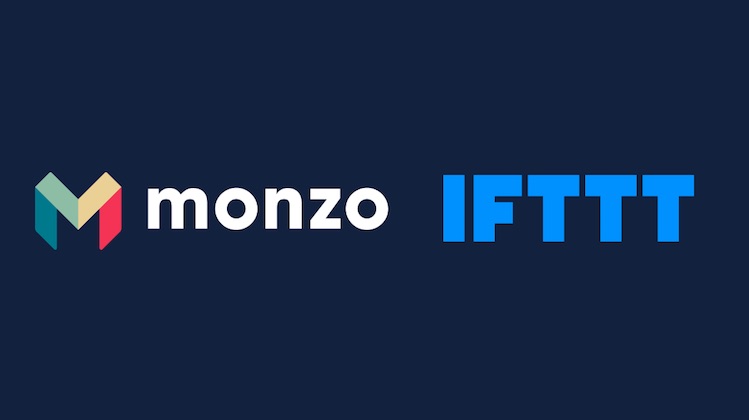The Customer Effect
‘Open banking on steroids’: Monzo launches task automation with IFTTT
- Monzo is letting its customers automate tasks by linking up with IFTTT
- The IFTTT integration is an example of how Monzo is engaging its customers in product development, particularly digital-savvy younger users





